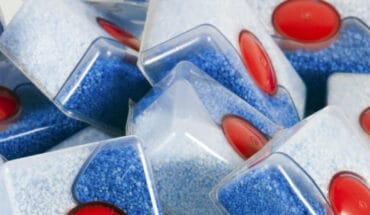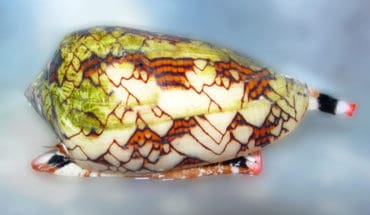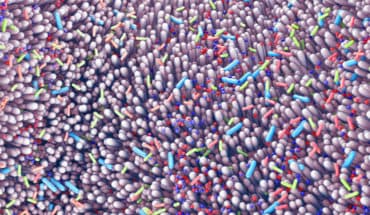AM-111 – this is an experimental drug, developed by Auris Medical for people with acute inner ear hearing loss, which is a type of sensorineural hearing loss affecting the cochlea, which is the main hearing organ in the ear. This type of hearing loss can occur suddenly, within three days, as a result of sudden trauma caused by loud noise exposure. The drug has now now completed Stage II clinical trials in the US, so it still needs to complete Stage III trials on human participants. ‘This drug, which contains a synthetic version of a biological molecule known as a peptide known as D-JKNI-1, works by switching off a mechanism known as apoptosis – cell death – when the hair cells in the inner ear become stressed. AM111 blocks the apoptosis process which would otherwise lead to irreversible loss of hair cells and cochlear neurons,’ says Dr Ralph Holme, the head of biomedical research at Action on Hearing LOss, who thinks the drug may be available within five years.
Patients on the Phase II trial were given a single gel injection into middle ear from where the drug passed through the round window membrane into the cochlea. People with profound hearing loss benefited the most from the drug. Those with mild to moderate hearing loss did not get any therapeutic benefit. Auris Medical is currently preparing a late stage clinical development programme known as HEALOS with AM-111 which will take place in Europe and Asia. The drug could be available within five years.
SPI-1005 – This drug, developed by Sound Pharmaceuticals, mimics an enzyme known as glutathione peroxidase which is found in every cell in the body and plays an important role in removing damaging free radicals and protecting the ear. ‘When hair cells are stressed because of exposure to noise, they produce large quantities of free radicals that further damage the cell. This drug boosts the cells’ abilities to remove these harmful products which can lead to cell death and hearing loss,’ says Dr Holme. This drug may be useful for people who are regularly exposed to loud noises in their work or during leisure time – such as attending rock concerts. The protective nature of the drug may mean that people are less likely to suffer hearing loss if they take SPI-1005 as a precaution,’ says Dr Holme. SPI-1005 has finished Phase II trials.
CURES
CGF166 – Regenerating sensory hair cells, which produce electrical signals in response to vibrations within the inner ear, could be the answer to severe hearing loss. The world’s first trial of a gene therapy drug, by Genvec in partnership with Novartis, that may be able to reverse hearing loss started in the US in 2014 and is due to report in 2017. Forty five people, with profound hearing loss due to toxic side effects of medicines are currently taking the drug which has been found to promote the growth of extra sensory hair cells in mice. Researchers at Emory University School of Medicine have found that a gene called Atoh1 acts as a master switch and causes cells in the inner ear to develop into hair cells. In adults, this gene is switched off.
‘We have been funding research looking into how hair cells are formed in the embryonic inner ear. Scientists are beginning to understand what happens when these cells form in the first place,’ explains Dr Holme.
‘In animal trials, scientists used viruses to transport Atoh1 into the cells in the inner ear of deaf animals that had only recently lost their hearing and hair cells did indeed start to regenerate. This could mean that we could repair deafness in the early days after hearing loss.’
AM-101 – this drug, developed by Auris Medical, could be the answer for people who are suffering from tinnitus which causes a sensation of constant ringing in the ears with no obvious source. According to Action on Hearing Loss, it is one of several drugs for hearing loss which should become available by 2020, with with five drugs already in the final stages of clinical testing and a further 13 in the early stages of clinical development. AM-101 contains esketamine hydrochloride, which interferes with the signal that passes between the hair cells and the auditory nerve fibres, interrupting the ringing of tinnitus. A biodegradable gel, it is administered over three to five days in three injections into the middle ear. From there the drug diffuses through the so-called round window membrane into the cochlea.
AM-101, which is undergoing Phase III trials in several centres in the UK, has the potential to be the first drug to gain approval for treating acute inner ear tinnitus. It may be available to consumers within five years. ‘Research suggests that if you block these signals soon after the development of tinnitus, you can stop it becoming chronic,’ explains Dr Holme. In animal trials, animals were treated with a drug which blocks signals from the ear 6-8 weeks after exposure to noise that caused tinnitus to develop. Their symptoms were reversed after taking the drug.
- Breaking the ice for men’s mental health - 26th December 2025
- New bowel cancer test for early detection - 26th December 2025
- New method accelerates resistance testing in UTIs - 26th December 2025







